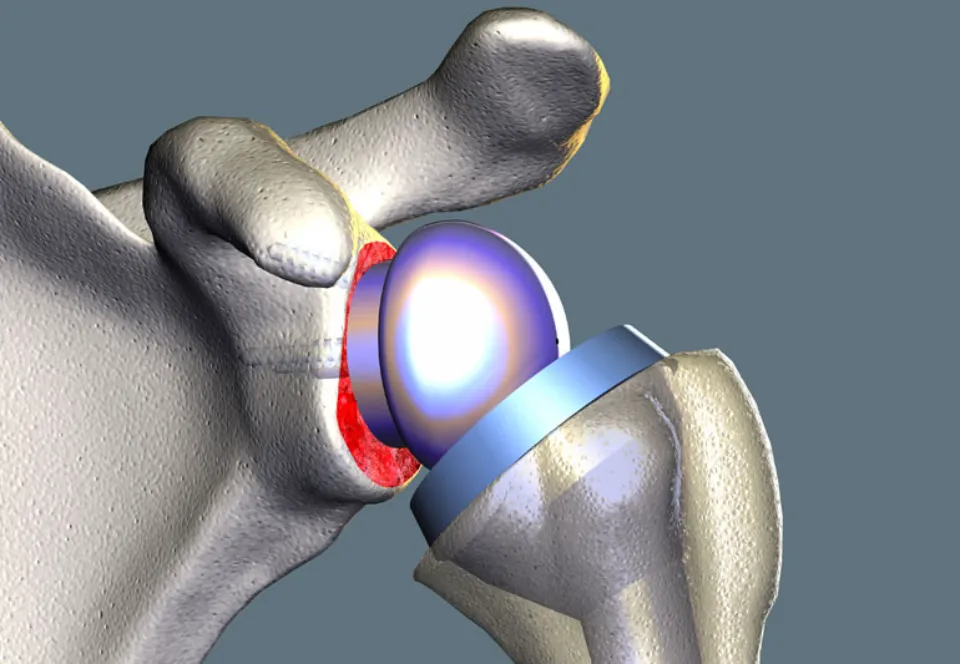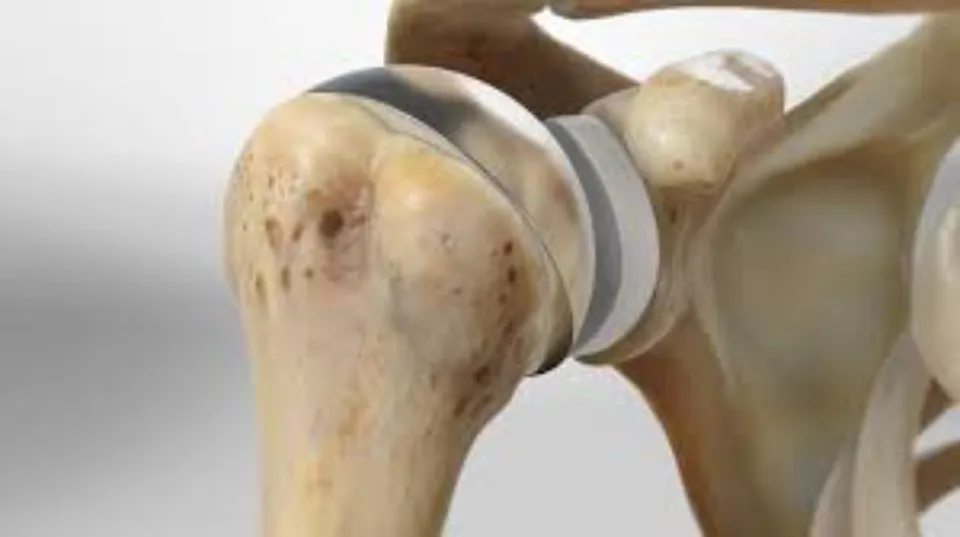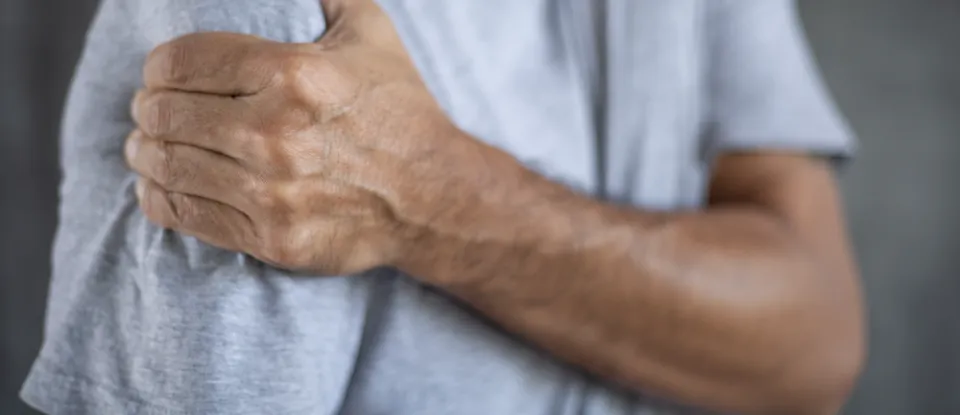When you have shoulder arthritis, the smooth cartilage that covers the shoulder bones starts to deteriorate or fall apart. These cartilage surfaces allow the bones to smoothly glide against one another in a healthy shoulder. When these cartilage surfaces are lost, the bones come into direct contact with one another, increasing friction and leading to wear and tear on one. Read to know what is shoulder replacement preparation.
It can be painful and challenging to move bones against bones. Artificial replacement surfaces that are surgically implanted restore movement, strength, and function without pain.
In order to relieve pain and restore range of motion and mobility, a total shoulder replacement, also referred to as total shoulder arthroplasty, involves removing some of the shoulder joints and replacing it with artificial implants. It is extremely effective in treating the severe pain and stiffness brought on by advanced arthritis. Read to know what is shoulder replacement preparation.
Read more: Hip Replacement Preparation: 4 Tests Are Done Before Surgery – Elder VIP
What is Shoulder Replacement Surgery?
The upper arm bone (humerus), shoulder blade (scapula), and the collarbone (clavicle) are the three main bones that make up the shoulder joint. Ligaments and cartilage hold these three bones together, protecting the ends of the bones where they meet. The joint that permits movement of the upper arm and shoulder is created when the glenoid, or socket, where the humerus head meets the scapula.
A total shoulder replacement involves removing both the surface of the glenoid and the damaged head of the humerus. After that, synthetic implants are inserted to restore the joint’s smoothness and functionality while simulating the size of the patient’s removed bone. Patients report less pain and a greater range of motion after the damaged bone and cartilage are removed.
This surgery is typically an elective inpatient procedure. Following the procedure, patients typically stay in the hospital for two to three days.

How to Prepare for a Shoulder Replacement Surgery?
In order to numb the shoulder and arm for the procedure, some patients will receive an interscalene block, a nerve block, prior to the surgery. Patients who receive a block will typically still be asleep during the procedure because they will also be given general anesthesia.
Location
The majority of total shoulder replacement surgeries take place in a hospital. The surgical team will ask the patient to move over to the surgical bed, which sits up like a beach chair, when they enter the operating room so that the procedure can be performed. Members of the surgical team will occasionally cover their hoods to guard against potential contamination. When visitors enter the operating room, they might be startled to see people wearing full protective gear.
Wear
It is essential to wear something loose enough to fit over a sling with the arm close to the chest or abdomen when going in for surgery. Additionally, it is important to arrive wearing a button-down shirt. In particular, if the arm is still numb from the anesthesia block, a button-down shirt makes it simpler to put a shirt on after the procedure. The hospital can get chilly, so it’s a good idea to wear comfortable clothing and shoes, as well as perhaps a sweater or jacket.
Food and Drink
Patients will be instructed by the surgeon to refrain from eating or drinking anything after midnight the night before surgery. Except as directed by the surgeon, some medications can be taken with tiny sips of water. Otherwise, nothing else should be consumed.
Medications
Patients must provide a complete list of all current medications, and on the day of surgery, they must inform the surgeon of any changes to or missed doses. Depending on the condition of each patient, the surgeon will decide whether to continue or stop using medications that increase bleeding.
Things to Bring
On the day of surgery, it’s crucial to bring proof of identification and insurance cards. For patients staying a few days in the hospital, an overnight bag with any belongings (like glasses or a phone charger) should be available.
How is Shoulder Replacement Done?
In conventional shoulder replacement surgery, the worn-out humeral head (the joint’s ball) is replaced with a metal ball, and the glenoid cavity (the socket of the joint) is replaced with a smooth plastic cup. (The glenoid is found in the shoulder blade’s scapula, and the humeral head is at the top of the humerus, the upper arm bone.)
Almost all shoulder replacements use this metal-on-plastic implant system rather than a metal-on-metal one. In some patients, such as those with severe shoulder fractures of the humeral head, a partial shoulder replacement (called Hemi replacement) may be recommended. In this method, the ball component is the only replacement.

Surgical Steps of a Traditional Shoulder Replacement
A traditional (anatomic) shoulder replacement surgery is composed of the following six basic steps:
- To access the shoulder in a largely nerve-free area (and to reduce nerve damage), the surgeon separates the deltoid and pectoral muscles.
- Cutting one of the front rotator cuff muscles opens the shoulder, which is covered by the rotator cuff. This “opens the door” to allow the surgeon to view and manipulate the arthritic parts of the shoulder ball and socket.
- The arthritic portions of the joint are removed.
- Inserting the implant socket, ball, and stem parts. The metal ball component is joined to the stem, which descends inside the patient’s humerus.
- It is closed and stitched up where the rotator cuff muscle was cut.
- A bandage is placed on the external (skin-level) incision as a temporary covering after it has been cleaned and stitched.
Summary
If surgery is advised, it’s crucial to be ready to receive additional support while recovering. While the shoulder is immobile in the sling after surgery, assistance from a support person may be needed with daily activities. An infection can be avoided by keeping the incision clean. The only way to regain motion and strengthen the muscles is through physical therapy after surgery (once prescribed by your doctor).



